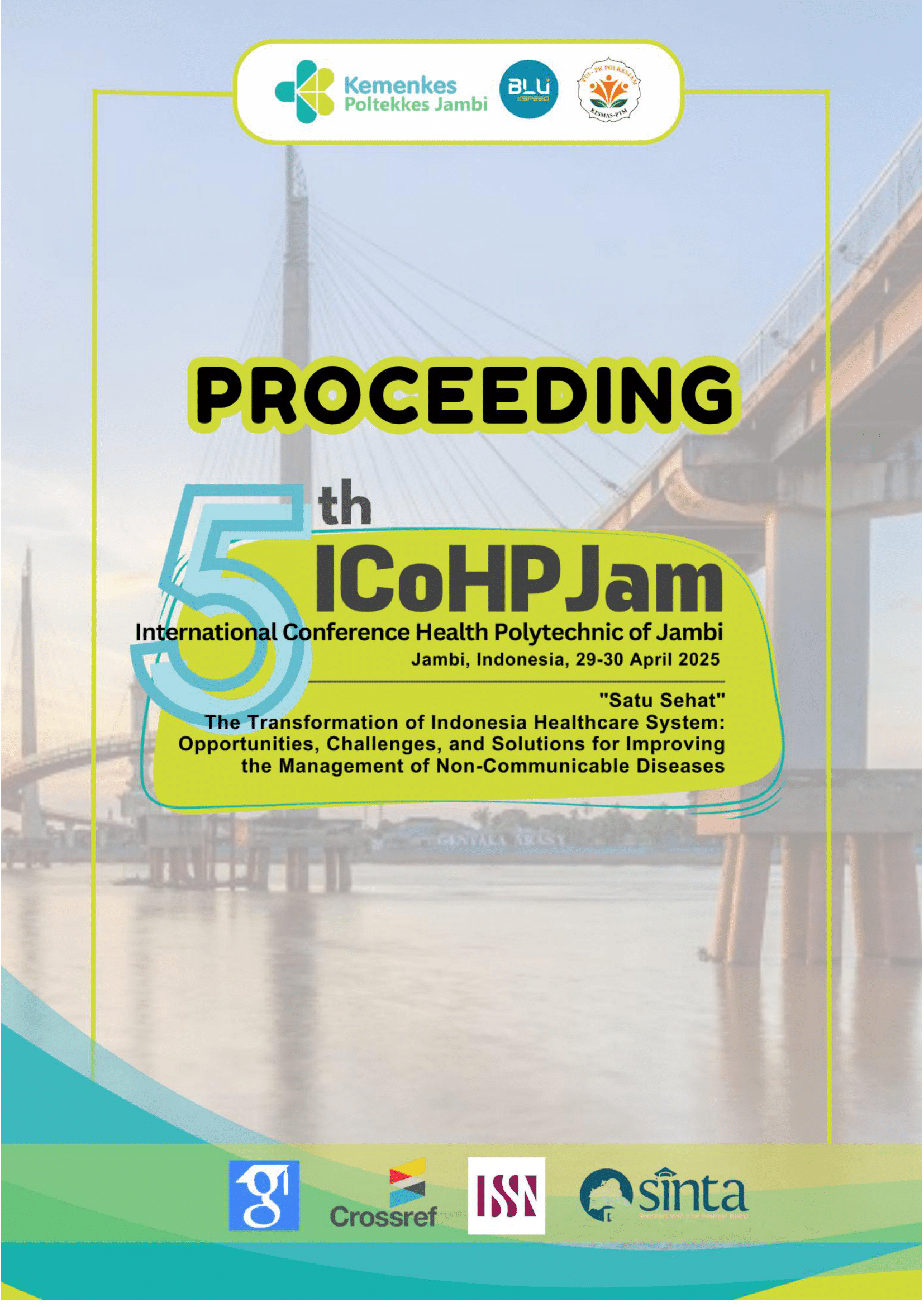Optimizing Indonesia’s Healthcare Response to Prediabetes: A Longitudinal Perspective
Abstract
Background: Prediabetes is an intermediate stage between normal blood glucose levels and Type 2 diabetes mellitus (T2DM), characterized by elevated blood glucose that does not yet meet the criteria for diabetes. It significantly increases the risk of progressing to T2DM, highlighting the importance of early intervention. In Indonesia, addressing modifiable risk factors is crucial to reducing the prevalence of prediabetes.
Methods: Longitudinal data from 3548 respondents who met the study criteria were taken from the Bogor Cohort Study on NCD Risk Factors. In six observations, Generalized Estimating Equations (GEE) were used to analyze the factors influencing the transition from normoglycemia to prediabetes.
Results: The analysis identified several factors significantly associated with prediabetes risk. Protective factors included maintaining a BMI <25, waist circumference <80 cm (women) or 90 cm (men), regular physical activity (≥10 minutes daily walking/cycling), optimal lipid levels (total cholesterol ≤200 mg/dL; triglycerides ≤150 mg/dL; HDL ≥40 mg/dL [men] or >50 mg/dL [women]), non-sedentary behaviour, and systolic blood pressure <140 mmHg. Conversely, factors like a family history of diabetes and age >40 years significantly increased prediabetes risk.
Conclusion: While non-modifiable factors like age and family history of diabetes increase susceptibility, the study highlights the importance of modifiable lifestyle factors like maintaining BMI and waist circumferences, maintaining optimal lipid levels, controlling blood pressure, and participating in regular physical activity and an active lifestyle in lowering the risk of prediabetes.



